The Matrix Resurrections (2021)—The Rebirth of a Franchise?
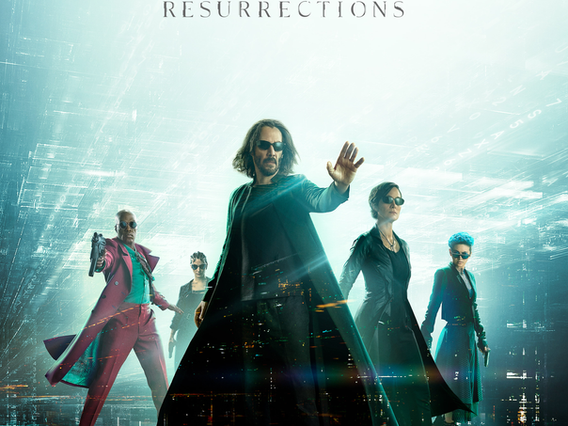
In 1999, The Matrix was released in theaters. Directed by Lana and Lily Wachowski, the film explored the concepts of choice and free will set in a dystopian future brought about by man’s greed and lust for power. The Matrix was met with much critical and financial acclaim, which spawned two sequels, both receiving mixed reception. Due to said reception, The Matrix franchise was shelved for nearly two decades. However, in 2020, Lana Wachowski decided to take another crack at a dead franchise. Does it work?

Thomas Anderson (played by the breathtaking Keanu Reeves), is a video game designer at a big company. He is working on a game based on The Matrix, and while he’s extremely successful, he is bored of his everyday life. One day, he is confronted by Morpheus (played by Yahya Abdul-Mateen II) who calls him Neo and tries to convince him to take the red pill to escape the fictional world of The Matrix, which he tells Neo is real. After a brief scuffle involving a SWAT team, Thomas’s boss (played by Jonathan Groff) manages to grab ahold of a gun and regains his past memories as Agent Smith. Neo escapes and decides to take the red pill. He is introduced to Bugs (played by Jessica Henwick) and her team as they explain to him their plan of rescuing Trinity (played by Carrie-Anne Moss) from The Matrix.
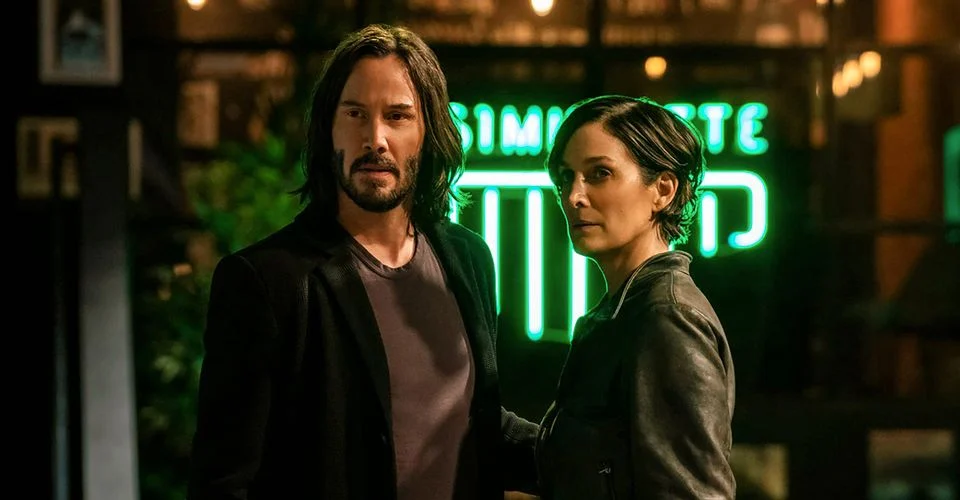
The film does a wonderful job of paying homage to both the original films while telling a new story. I really like how Resurrections doesn’t retcon anything from Reloaded or Revolutions, rather it tries to work both into the story of The Matrix. Keanu Reeves and Carrie-Anne Moss both give stellar performances, but my personal favorite performance has to go to Jessica Henwick’s Bugs. She does a wonderful job portraying the blue-haired badass cyber-warrior and perfectly holds her own beside Keanu and Carrie-Anne.
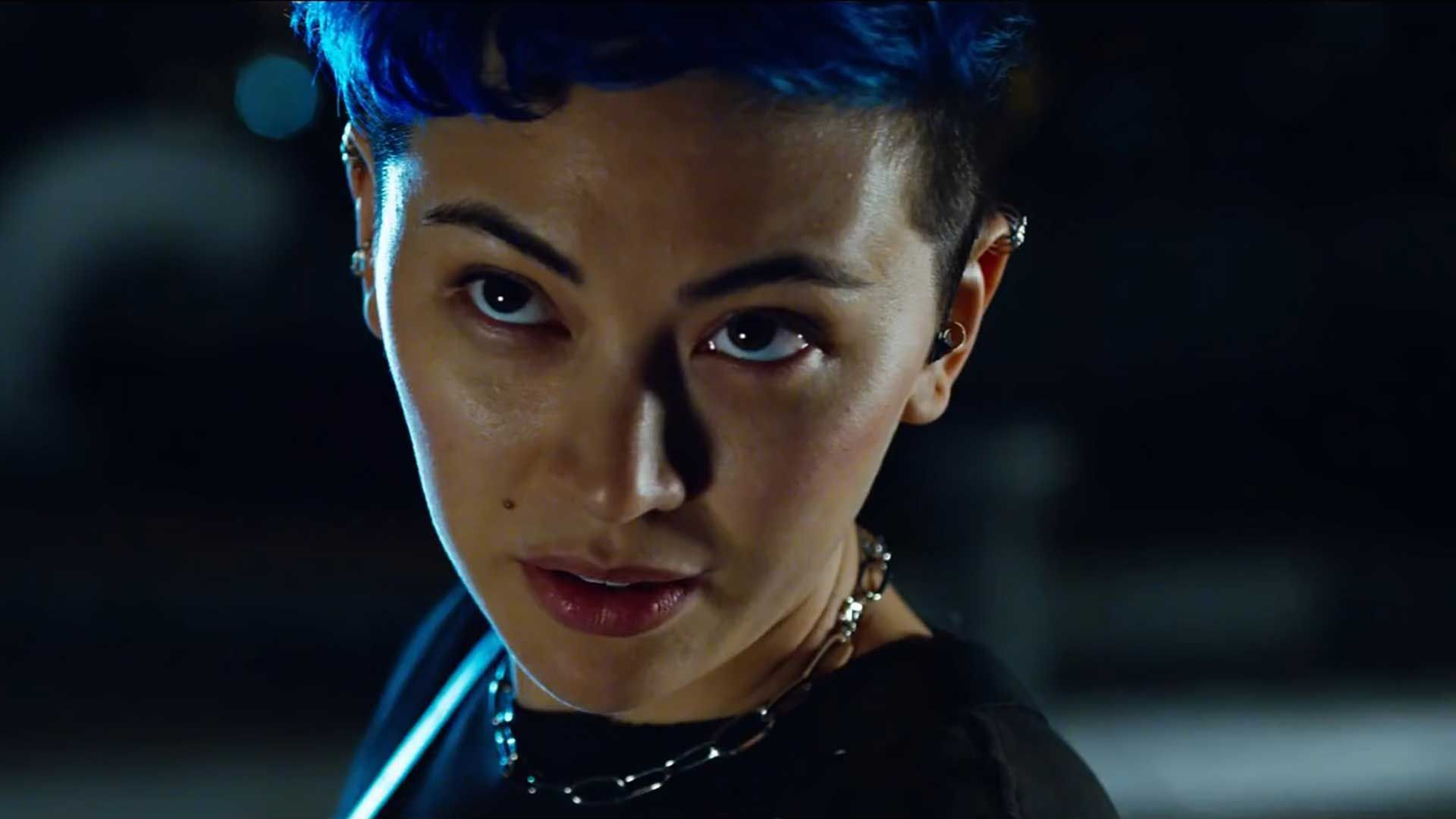
Additionally, Jonathan Groff as Agent Smith was a certainly…different take on the classic Matrix character. Unlike Hugo Weaving’s iconic villain, Groff portrays Smith as a Gen-Z type dude. Taking this more relaxed approach kind of takes away from the terrifying presence Agent Smith had in the original trilogy. He acts more as an antihero in this installment which was a unique change of pace for the character. In the end, Groff’s Smith never truly felt intimidating to either the audience or our heroes, even if his awakening as Agent Smith was spine-chilling. However, what he lacks in iconography, he makes up with his relationship with Neo. Groff’s Smith deepens the Neo-Smith dynamic from The Matrix trilogy. Smith, much like Neo and the rest of the survivors, just wants to be free from the grasp of The Matrix. He even helps Neo from the hands of Neil Patrick Harris’s “The Analyst”, the creator of The Matrix. While I did appreciate the depth in their relationship, I still wished Hugo Weaving returned for Resurrections.
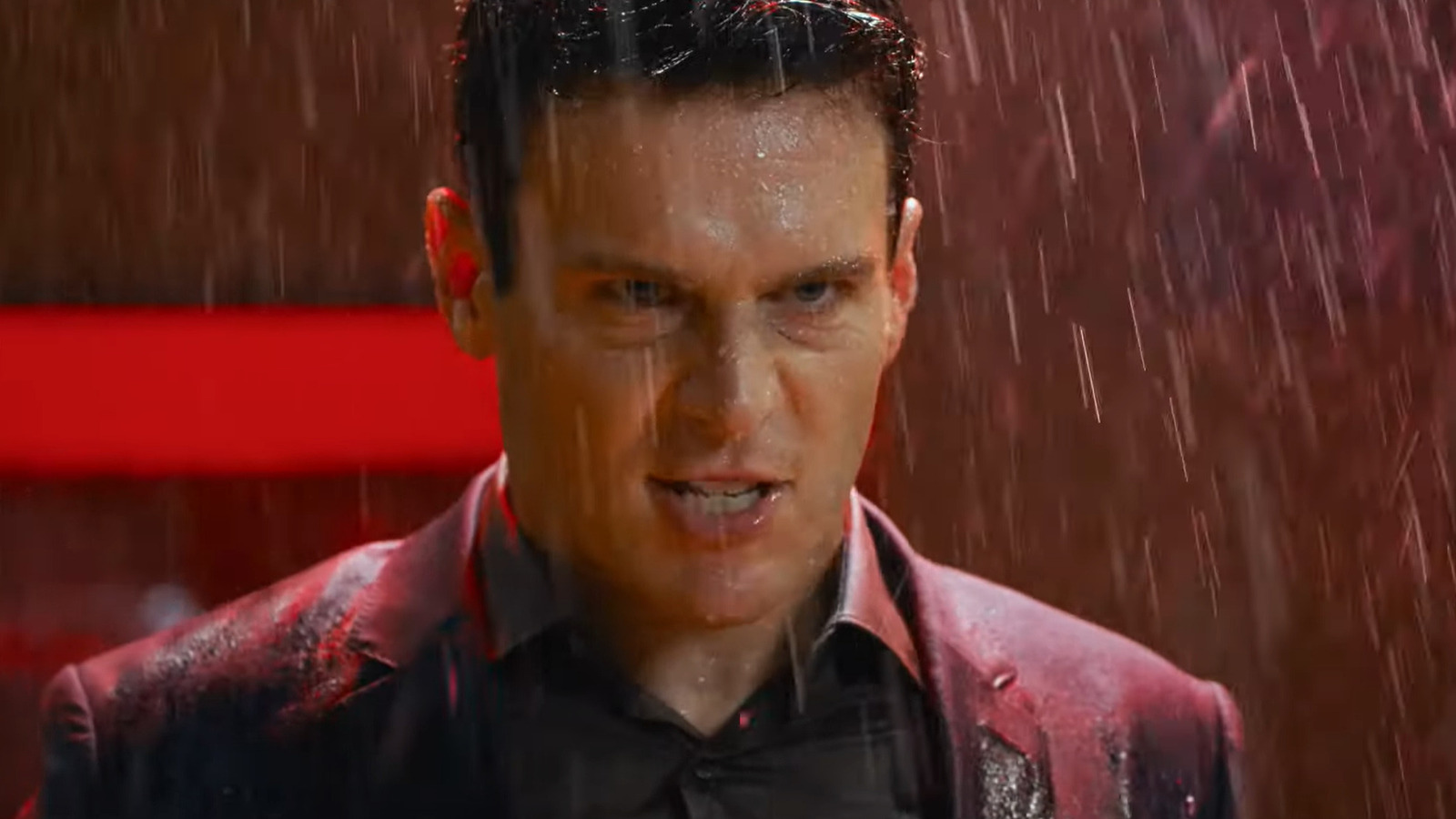
Unlike the previous Matrix films, Resurrections really dives into the Meta humor, often consisting of self-aware references. For example, the film takes numerous cracks at “bullet time”, with many people replicating the movements Neo does to dodge Smith’s gunfire in the first film. Additionally, several new elements were also added in the film, for example, a “swarm mode” that allows the people hooked into The Matrix to become mindless zombies. I really liked how the film utilized this new feature to create some truly terrifying scenes. One scene includes a crowd of people on a train who try to prevent Neo, Bugs, and Morpheus from escaping, paying homage to terrifying zombie movies like 2016’s Train to Busan.
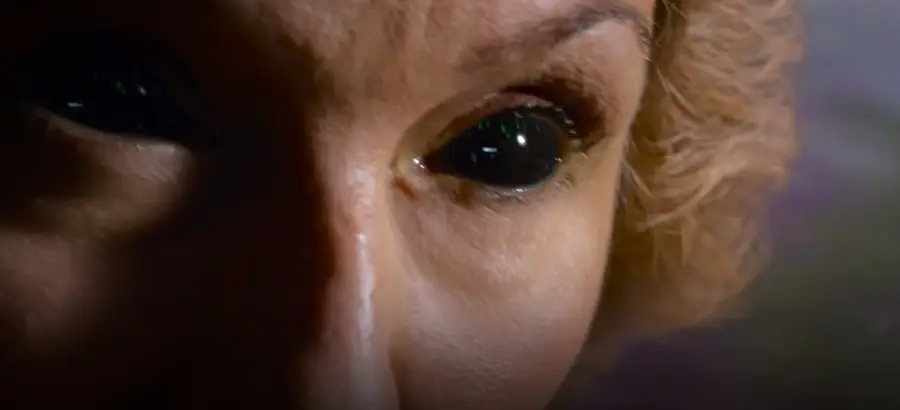
Perhaps the most unique aspect of the film was Trinity’s character. She initially begins as a shell of herself who has no previous recollection of her past life, however, after meeting Neo, she slowly begins to remember her past, especially her past relationship with Neo. However, what surprised me the most was the reveal that Trinity herself was also “The One”. To me, this actually makes sense, since she was the first one to be freed from The Matrix. Additionally, this also helps spread the message “The One” can be anyone, not just Neo. Speaking of Neo, he is no longer overpowered unlike the previous sequels. For much of the film, Neo is getting used to his powers and martial arts prowess; this helps add struggle to his character as he tries to save Trinity and keeps him from going “God Mode” to end the movie in 30 minutes. This could be due to various factors, not limited to age and decades of being enslaved within The Matrix. In fact, he only reaches his full power at the very end of the film.

2021’s The Matrix: Resurrections was released in both theaters and on HBO Max. It grossed $72 million at the box office on a budget of $190 million. Director Lana Wachowski and producer James McTeigue both said in interviews that there would not be another Matrix movie. However, McTeigue also claimed that the film’s open ending could change that decision. Currently, there are no plans for any further sequels. I really wish that we get a potential fifth and sixth Matrix movie to conclude the story of the new Matrix and its characters.
While Resurrections is far from a perfect Matrix film, it adds many new and unique elements to the world of The Matrix. Despite the additions, the film still respects what made the original Matrix film so beloved by adding more depth to the relationships of its pre-existing characters. To me, this film is a breath of fresh air compared to the previous two sequels we got to the Matrix franchise. While it doesn’t live up to the original, Resurrections lives up to its namesake: it resurrects a dying franchise and makes it relevant to a new audience.
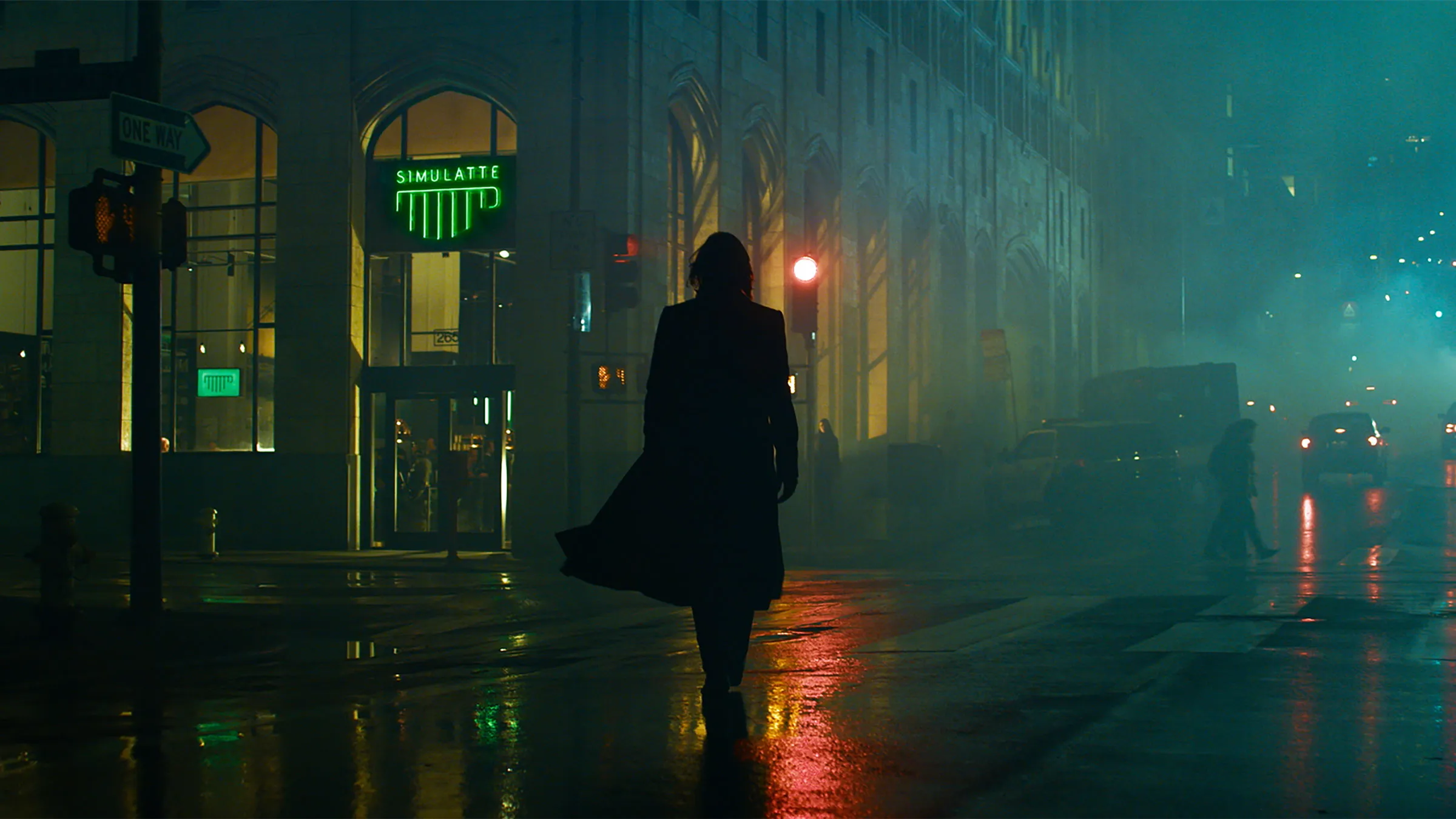
Co-Written by: Noah Kloss








